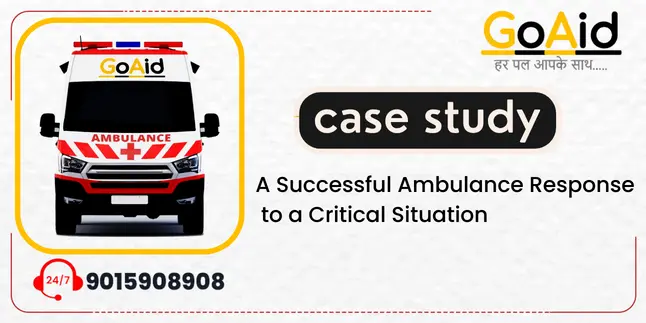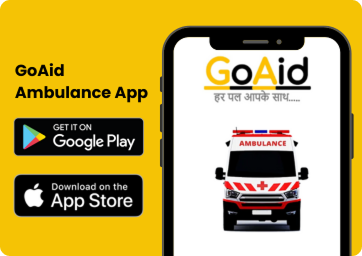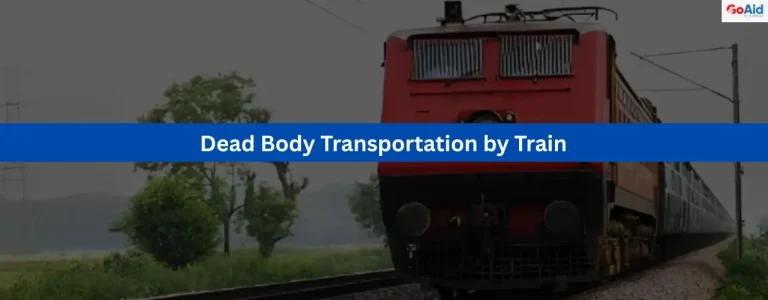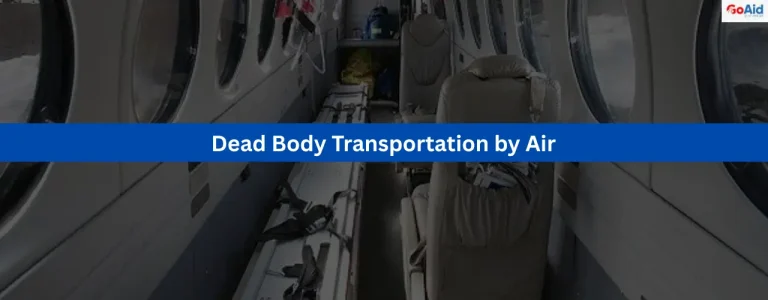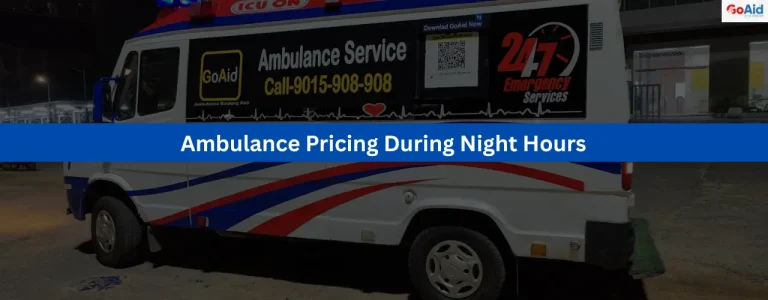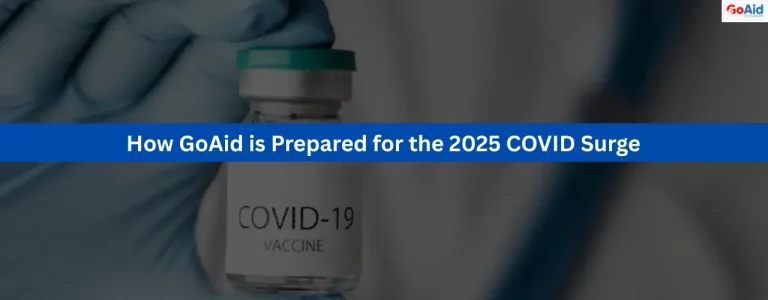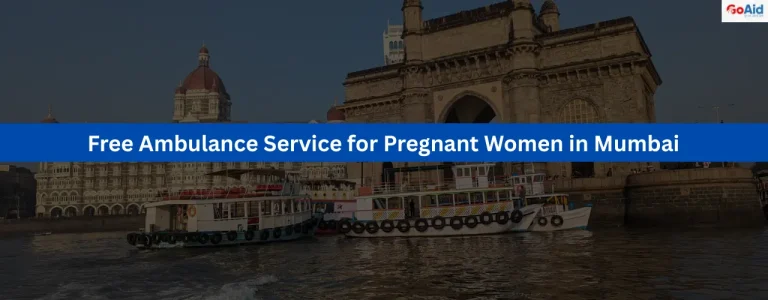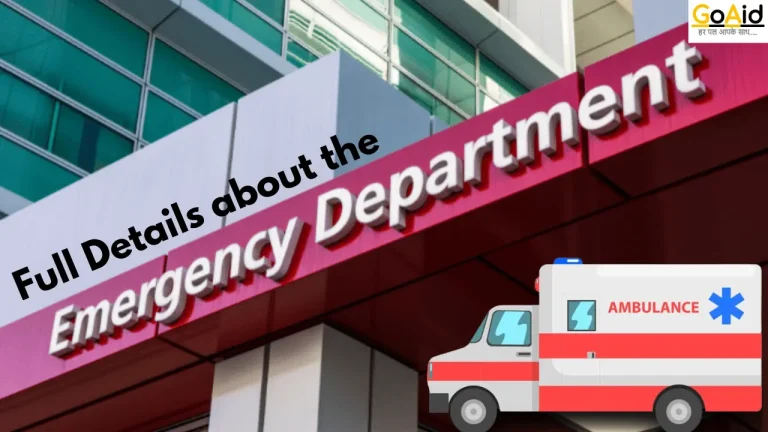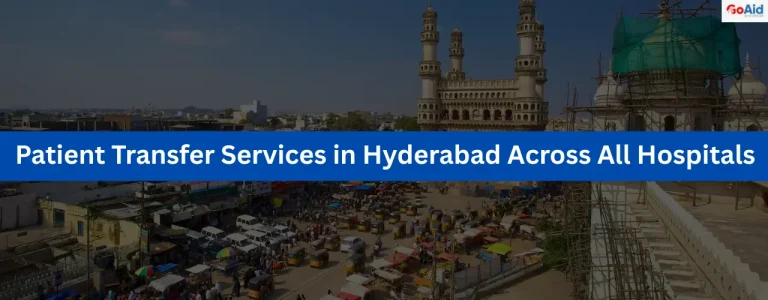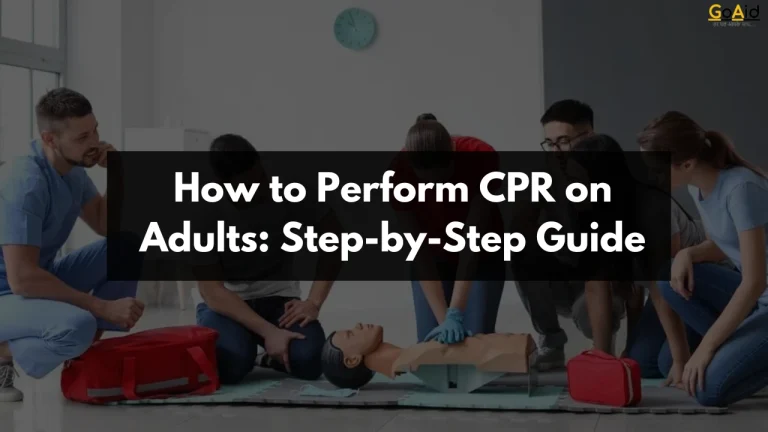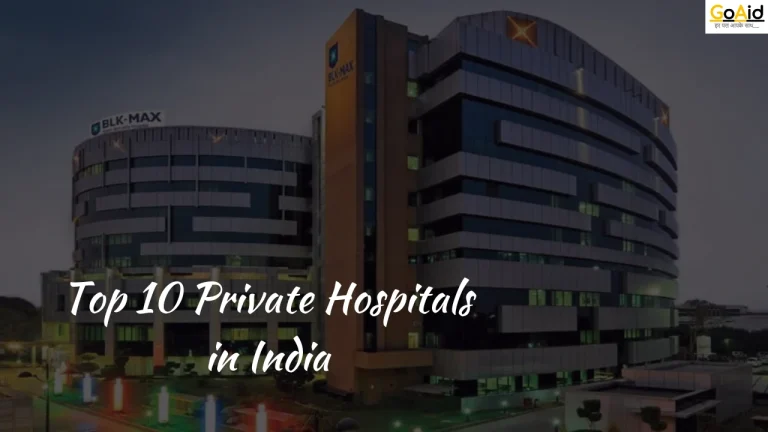Whenever we face any critical medical situation & try to book an ambulance service for us, the response time of that ambulance service matters the most. Whenever we get stuck amid of medical emergency, we must get the medical transportation service ASAP.
This is why, we need to know about a Case Study on A Successful Ambulance Response to a Critical Situation. This case study includes the background of Ambulance Response to a Critical Situation, plus, a historical timeline and events and challenges that have been faced by ambulances till now to solve the problem of time taking response time & many more factors.
In this blog, we have presented you with a Case Study of A Successful Ambulance Response to a Critical Situation. After reading this blog, youŌĆÖll be able to know about what response time should be considered as a great response time for an ambulance service.
So, letŌĆÖs start-
Historical Background of Ambulance Response Time in Critical Situations
Ambulance response times to critical situations have evolved significantly over time. Historically, the concept of a modern ambulance service as we know it today was not established until the 20th century. We have added a brief historical background for it below:
1. Early Beginnings:
In ancient times, battlefield casualties were often carried off the field by fellow soldiers, using shields or improvised stretchers. There was no organized system of medical transport.
2. Civil War Era:
The concept of ambulances as a means of transporting the injured began to take shape during the American Civil War (1861-1865). Ambulance wagons, drawn by horses, were used to transport wounded soldiers from the battlefield to field hospitals.
3. World War I and II:
These wars led to further developments in ambulance services. Motorized ambulances were introduced, which improved speed and efficiency compared to horse-drawn wagons. Field medics and stretcher bearers were also trained to provide basic medical care to the wounded during transport.
4. Post-War Period:
In the years following World War II, ambulance services began to transition from being primarily focused on transporting the injured to providing pre-hospital care. This shift was partly influenced by the growing recognition of the importance of providing timely and appropriate medical interventions before reaching the hospital.
Also Read: Ambulance Response in Rural vs. Urban Areas: Bridging the Gap
5. 1970s and Beyond:
The establishment of formal training programs for paramedics and the development of advanced life support (ALS) capabilities further transformed ambulance services. The “golden hour” concept emerged, emphasizing the critical importance of providing care within the first hour of a medical emergency to improve outcomes.
Collaboration and Communication
Collaboration and communication are critical components of a successful ambulance response to a critical situation. Effective coordination with other first responders and medical facilities can significantly impact the outcome of the emergency.
1. Collaboration with Other First Responders
Ambulance crews often work closely with other first responders, such as police and fire departments, during emergencies. This collaboration is essential for ensuring the safety and security of the scene, managing crowds, and facilitating swift access to the patient. The police may assist with traffic control, while fire departments may provide support in extricating patients from vehicles or structures.
2. Communication with Medical Professionals
Ambulance crews maintain constant communication with emergency medical professionals, including emergency physicians and nurses at the receiving hospital or medical facility. This communication allows the ambulance crew to provide critical patient information, such as vital signs, medical history, and interventions performed, which helps the hospital staff prepare for the patient’s arrival and provide appropriate care.
3. Coordination with Receiving Hospitals or Medical Facilities
Ambulance services often coordinate with hospitals and medical facilities to determine the most appropriate destination for the patient based on their medical condition and the facility’s capabilities. This coordination ensures that patients receive timely and specialized care, whether it involves trauma care, cardiac care, or other specialized services.
4. Use of Advanced Technology
Modern ambulance services utilize advanced communication and information systems, such as computer-aided dispatch (CAD), electronic patient care records (ePCR), and global positioning systems (GPS). These technologies facilitate efficient dispatching, real-time tracking, and seamless information sharing among first responders and medical facilities.
5. Training and Exercises
Ambulance services participate in regular training exercises and drills with other first responders and medical facilities to ensure preparedness and improve coordination during actual emergencies. These exercises help build strong working relationships and enhance the ability to respond effectively to complex and dynamic situations.
Also Read: Top 10 Ambulance Service Providers in Delhi
Challenges and Problem-Solving
We have added a few points to the case study where we mentioned the problems and their resolvance related to some particular conditions related to it.
1. Navigating Traffic and Crowds
- Problem: Ambulance crews may encounter heavy traffic or large crowds that impede their ability to reach the scene quickly.
- Solution: Paramedics and EMTs use defensive driving techniques, sirens, and lights to clear a path, and collaborate with police for traffic control.
2. Scene Safety and Security
- Problem: Ambulance crews may arrive at situations with potential hazards, such as accidents on highways, hazardous materials, or hostile environments.
- Solution: Quick assessments are conducted to identify risks, and coordination with fire departments and police is essential for managing these risks.
3. Rapid Patient Assessment
- Problem: In critical situations, paramedics must quickly assess the patient’s condition and prioritize interventions, which requires strong clinical judgment.
- Solution: Continuous monitoring and reassessment are conducted to make informed decisions, adapting to the evolving nature of the emergency.
Also Read: When was the first ambulance service started in India?
4. Communication Challenges
- Problem: Effective communication can be challenging due to background noise, language barriers, or communication system failures.
- Solution: Ambulance crews use translation apps, maintain backup communication systems, and employ non-verbal cues to overcome these challenges.
5. Resource Limitations
- Problem: Ambulance services may face resource limitations, such as equipment shortages or personnel constraints.
- Solution: Innovative solutions include using telemedicine, improvising with available resources, and coordinating with nearby ambulance services for mutual aid.
6. Emotional and Psychological Stress
- Problem: Responding to critical situations can be emotionally and psychologically demanding for ambulance crews.
- Solution: Training in stress management and psychological first aid is provided to maintain resilience and effectiveness.
7. Unfamiliar or Remote Locations
- Problem: Ambulance crews may need to respond to emergencies in unfamiliar or remote locations, making navigation challenging.
- Solution: GPS systems, mapping apps, and coordination with local authorities are utilized to find the most efficient routes to the scene.
8. Multiple Patients and Triage
- Problem: In mass casualty incidents, ambulance crews may need to manage multiple patients and prioritize care based on the severity of injuries.
- Solution: Triage protocols and systems are implemented to systematically assess and categorize patients for timely and appropriate care.
9. Equipment Failures or Malfunctions
- Problem: Medical equipment may fail or malfunction during a critical situation, impacting patient care.
- Solution: Ambulance crews perform regular equipment checks, carry backup supplies, and are trained in alternative methods of care.
10. Weather-Related Challenges
- Problem: Adverse weather conditions, such as heavy rain, snow, or extreme temperatures, can impact ambulance response times and patient care.
- Solution: Ambulance crews are trained to operate in various weather conditions, and they utilize weather-appropriate gear and equipment to ensure safety and effectiveness.

